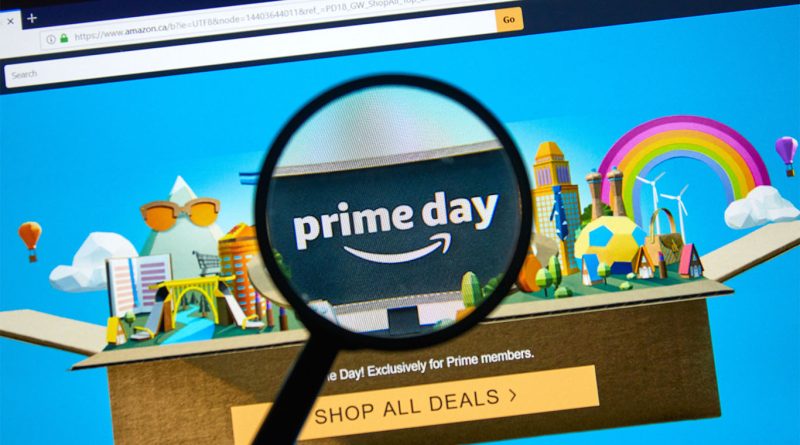Retailers on the Brink: Amazon and Walmart Reign Supreme
America’s retail industry, which had high hopes for a recovery following subdued consumer spending, is now likely to end the year on a low note. Amazon’s recent two-day Prime Day sale, touted as a record-breaking event by the retail giant, raised concerns within the industry as independent data from credit card transaction statistics provider Facteus revealed that Amazon’s gains were relatively modest. The broader retail sector appears to be struggling, and retailers are now faced with the prospect of engaging in aggressive discounts to stay afloat. This development has the potential to exacerbate the divide between retail industry leaders and those struggling to keep up, making it a challenging year-end for many. This article delves into the implications of Amazon’s Prime Day sales performance and the impact on the retail sector as a whole.
Amazon’s Prime Day Sales vs. Broader Retail Industry
Amazon’s Prime Day, which occurred on October 11, was a highly anticipated event, acting as a bellwether for the retail sector’s performance during the holiday season. As it evolved into a sector-wide phenomenon, competitors like Walmart Inc. and Macy’s Inc. introduced their own competing sales events during the summer and fall. While Prime Day sales do not rival the post-Thanksgiving Black Friday weekend, they serve as a vital indicator of the retail sector’s overall health.
According to Facteus, Amazon managed to boost average consumer expenditure to an estimated $144.53, marking a 2% increase over the previous year’s total. In contrast, Salesforce reported a 1% decline in sales for other merchants running competing deals during the same week. This difference in performance between Amazon and its competitors highlights the challenges faced by other retailers in the market.
The competitive landscape is particularly harsh for retailers as they enter the crucial fourth quarter. The decrease in consumer spending on non-essential items has negatively impacted top-line growth, with companies like Best Buy Co. Inc., Dollar Tree Inc., and Target Corp. revising their outlook for the remainder of the year. Inflation has been a major factor affecting consumer spending, prompting retailers to seek ways to attract customers.
Amazon and Walmart’s Dominance
Amazon and Walmart, two of the industry’s retail giants, are entering the season stronger than ever. Amazon’s vast customer base, with an estimated 167 million Prime members in the US, allows the company to offer significant discounts and secure repeat purchases. Walmart, on the other hand, benefits from its reputation as a discount retailer and its position as the nation’s largest grocery retailer by sales volume. In comparison to traditional brick-and-mortar competitors, Walmart has seen robust revenue growth. It has also invested in its e-commerce operation and currently leads in online food sales.
Challenges for Smaller Retailers
In this competitive environment, smaller retailers are left with little choice but to offer discounts to attract shoppers. Market research firm Mintel reports that three in five consumers planning to make winter purchases aim to spend as little as possible. This consumer behavior, where retailers are forced to vie for attention through discounts, carries inherent risks. As they seek to lure budget-conscious customers, smaller retailers must navigate the delicate balance between profitability and affordability.
Amazon’s Prime Day sales performance and its repercussions on the broader retail sector serve as a reminder of the industry’s challenges. As retailers face a tough year-end and engage in discount wars to stay competitive, it remains to be seen how they will weather the ongoing impact of consumer spending trends and inflation. While industry leaders like Amazon and Walmart are in a strong position, smaller retailers must innovate and strategize to thrive in a fiercely competitive market. The coming months will test the resilience and adaptability of retailers across the spectrum.
